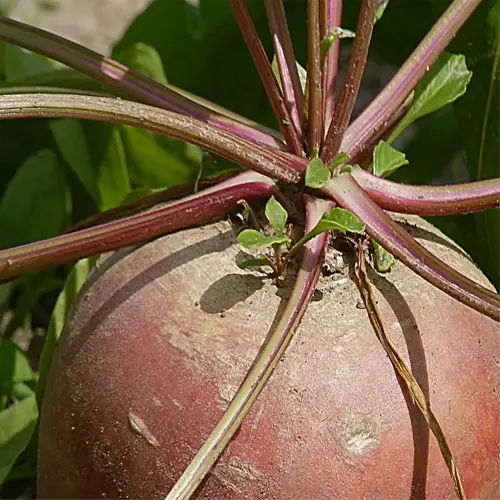Do walnut trees need cross-pollination?

Written by
Liu Xiaohui
Reviewed by
Prof. Charles Hartman, Ph.D.Knowing how to cultivate walnuts means learning about pollination. The majority of walnuts require cross-pollination between male and female flowers, so when I planted a solitary black walnut, after five years it produced few nuts, indicating that nature is designed to be in a relationship. Cross-pollinating different cultivars is the only way to achieve the maximum potential for nut production.
Pollination Basics
- Plant two compatible cultivars within 200 ft (61 m)
- Wind carries pollen up to 1/2 mile (0.8 km)
- Grafted trees bloom earlier than seedlings
Best Pairings
- Black walnut: 'Sparrow' + 'Kwik Krop'
- English walnut: 'Champion' + 'Hartley'
- Heartnut: 'Westfield' + 'Gellatly' hybrids
Spacing Guidelines
- 30-50 ft (9-15 m) between trees
- Avoid buildings blocking wind patterns
- Elevate pollenizers on slopes for airflow
Pollen viability has a duration of around 3-5 days, which creates a need for flowering to be synchronous. For example, I had 'Hartley' English walnuts flowering two weeks earlier than 'Champion' trees one spring, and an unexpected frost delayed one of the blooms, causing a mismatch in the overlap. I now track bloom dates for the local extension service charts to alleviate this flowering mismatch.
Hedgerow plantings enhance the effectiveness of pollination. Along my northern boundary, I alternate varieties: Carpathian followed by Eureka. This system has increased nut set by 40%, in contrast to block plantings. Dense foliage holds back the wind, which facilitates pollen movement across rows.
Read the full article: How to Grow Walnuts: 7 Essential Steps for Healthy Trees

